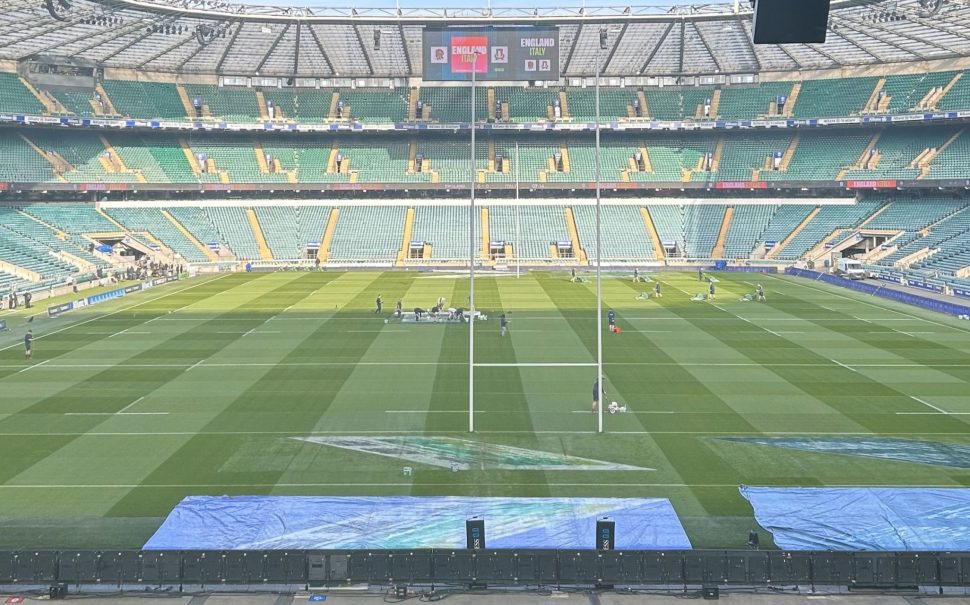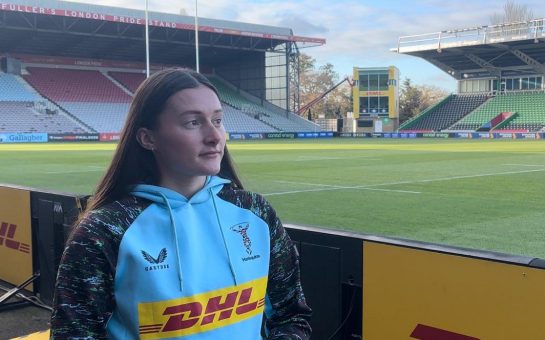Girls are still less likely than boys to enjoy physical education and activity in the UK, despite more than half of Team GB that went to Paris last year being women.
Data from Youth Sport Trust (YST) has found that just 66% of girls enjoy taking part in Physical Education (PE) compared to 87% of boys.
Last year we saw multiple milestones for women’s sport including the Lionesses making it to the FIFA World Cup Final and Team GB’s Jodie Grinham becoming the first pregnant woman to win a Paralympic medal – and yet girls are still not receiving the level of support in physical activity they desire.
YST’s Girls Active Questionnaire revealed that 25% of girls do no physical activity outside of school, compared to 15% of boys.
When girls were asked how many days in the last week they had participated in 60 minutes of exercise or more, it was found that they averaged 3.3 days whereas boys averaged 4 days per week.
YST’s research also found that the top three barriers to sport for girls identified by students themselves were lack of confidence, not wanting other people watching them, and when competing outside in bad weather.
While the boy’s top three barriers were similar – lacking confidence, the weather, and not being ‘bothered’ – the amount of boys that selected these was significantly lower than the girl’s top three.
This suggests that boys experience less barriers to sport or they experience a wider range of barriers that are more personal to them rather than a universal experience.
Participants also did not have to select any barriers if they felt they do not experience any, so the data could also be showing that some boys don’t feel there are any barriers to sport for them.
All of the top ten barriers for girls were identified by a higher percentage of students than the top barrier for boys, implying that most girls experience similar barriers to sport unlike boys.
The barrier experienced most by both boys and girls was not feeling confident, with 39% of girls and 20% of boys selecting this as a barrier.
Notably 31% of girls identified that they did not want to take part with boys, whereas the reverse did not feature in the boys top ten barriers.
‘I have an injury’ was also a barrier for 16% of boys, and some of those injuries potentially being sport related, however again this did not appear in the girls top ten barriers showing that the social barriers in place are a much bigger factor for them.
Despite these barriers, 62% of girls said they wanted to be more active in school showing that lack of desire is not a contributing factor for most girls.
National Manager for Women and Girls at YST Wendy Taylor said: “The data makes me feel overwhelmingly sad, that for too many girls they are either not having a positive experience or not getting the right opportunities in school to develop a love of movement.
“Girls understand the importance of being active, they want to be more active but there are things that are stopping them from enjoying that experience.
“We need to create an environment where girls have a say, it makes such a big difference when your voice is heard.
“There is nothing better than when we hear a school has been able to put various changes into place because it has been driven by the individual needs of the girls in the school’s community.”
Andrew Ducille, a father to three including boy-girl twins, has always worked in sport and so actively encourages all his children to participate in at least one sport.
He identified the biggest barrier for both boys and girls in sport being the access to good coaching.
Ducille said: “I think people drop out of sport, both girls and boys, because one the coach is an idiot, two the coach doesn’t know how to deliver practices that are fun and engaging, and three they just don’t know how to communicate.
“If you can’t communicate and can’t get through, kids are going to switch off and that’s the killer for me.
“I know having spoken with some of the female participants when I was at Chelsea, that is one of the key things they would say, they didn’t get on with the coach, or ‘the coach was horrible to me’.
“So for me in terms of drop out rates across sport, we need to raise the coaching standards and ability to communicate.”
Although, the data also revealed a key biological barrier, with 34% of girls identifying being on their period as a barrier to sport.
With just 11% of girls stating they are very comfortable talking to their teacher about periods, despite most girls’ key concern being that they are in pain or uncomfortable.
If girls feel uncomfortable talking to their teacher or coach about their menstrual cycle, this may partially explain why many teenage girls drop out of sports.
Other barriers relating to the menstrual cycle experienced by more than half of girls include worrying about leaking, low mood, and lack of energy.
This shows that while girls and boys experience some similar barriers to sport at different levels, the menstrual cycle however is another big additional factor affecting girls’ experiences of sport.
Therefore, overall girls still face face bigger barriers to sport than boys are as a result are less likely to enjoy physical education and activity.





